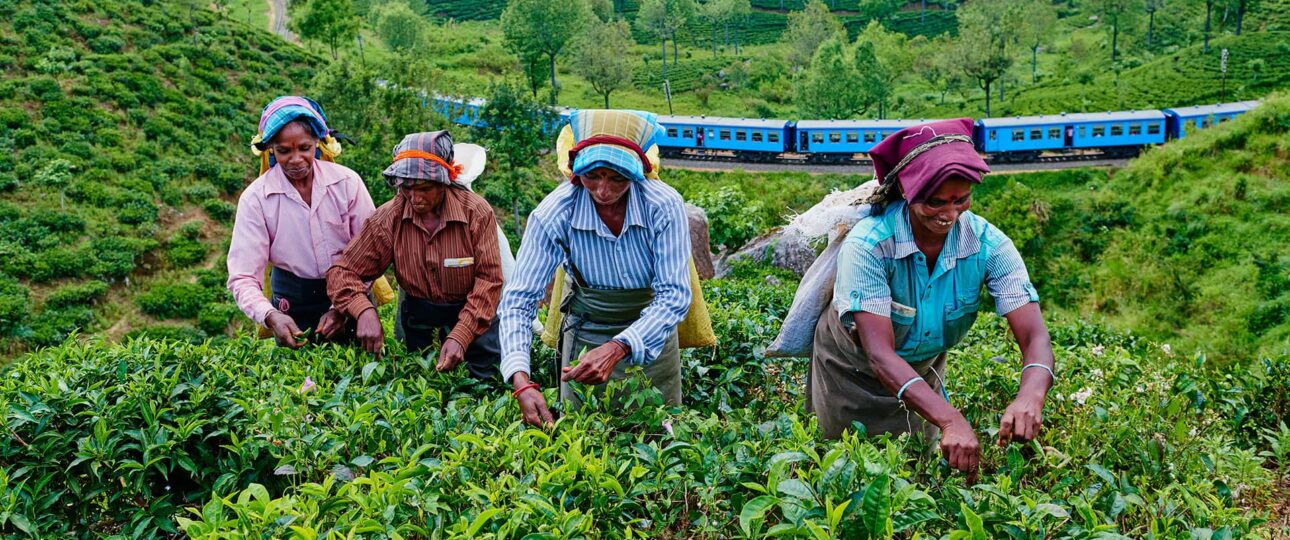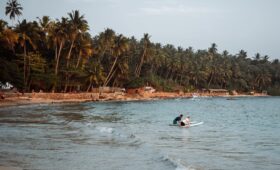The Best Tea Plantations to Visit in Sri Lanka are excellent additions to make your holiday more memorable. Of all the cultural and economic goods Sri Lanka has contributed to the world, most people associate it with tea. Sri Lanka’s economy has been based on tea growing since the Victorian era, and throughout the British colonial era, it was the primary source of income. Contact us for more details!
Sri Lanka is still one of the top three producers globally. The sector is vital even after a devastating nationalization and a quick re-privatization. The island’s economy is largely dependent on tea exports.
Where can you find the best tea plantations to visit in Sri Lanka?
These mist-cloaked tea plantations in Sri Lanka are a wonderful way to beat the heat. These best tea plantations to visit in Sri Lanka can be found everywhere, from the center Highlands area to the outlying coastline terrains. The favorable environment and terrain are the reasons for the abundance of these crops. This island nation grows tea well due to humidity and rainfall. But if you’re interested in seeing Sri Lankan tea plantations, there are a few spots that visitors recommend.
The bulk of these estates are located in Sri Lanka’s Southern Hill Country, which boasts mountains adorned with waterfalls and awe-inspiring beauty. The ancient colonial towns and country estates evoke memories of Middle England. However, it’s the tea gardens that truly captivate visitors.
The Top Sri Lankan Tea Plantations to Visit
1. Kandy Tea Plantations
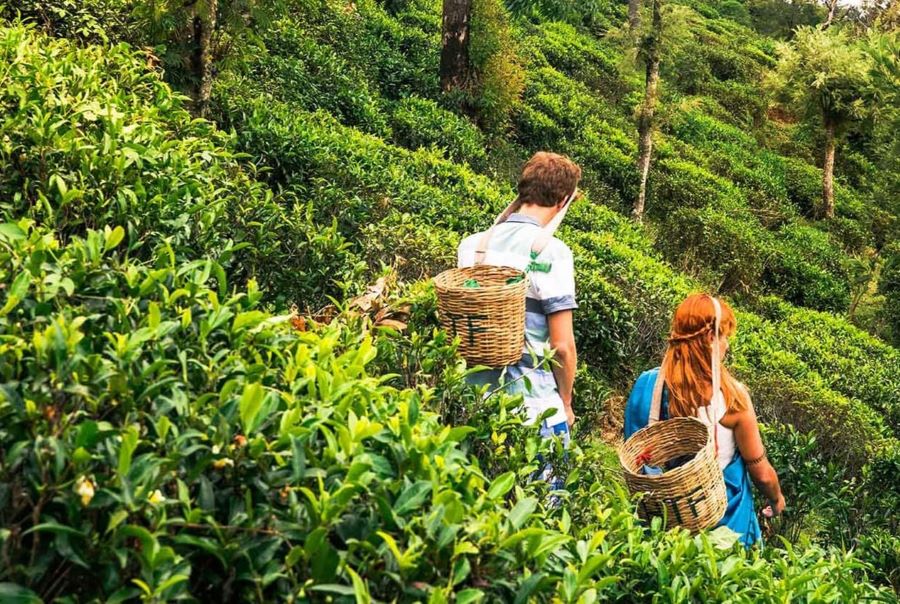
The ‘Hill Capital,’ or Kandy, is a common tourist stop. Famous for its Temple of the Sacred Tooth Relic, this city is the second-largest in Sri Lanka and a UNESCO World Heritage site.
If you can’t spare the time to travel farther inland from Colombo to the Hill Country, visit the tea factories in Kandy.
Kadugannawa Tea Estate
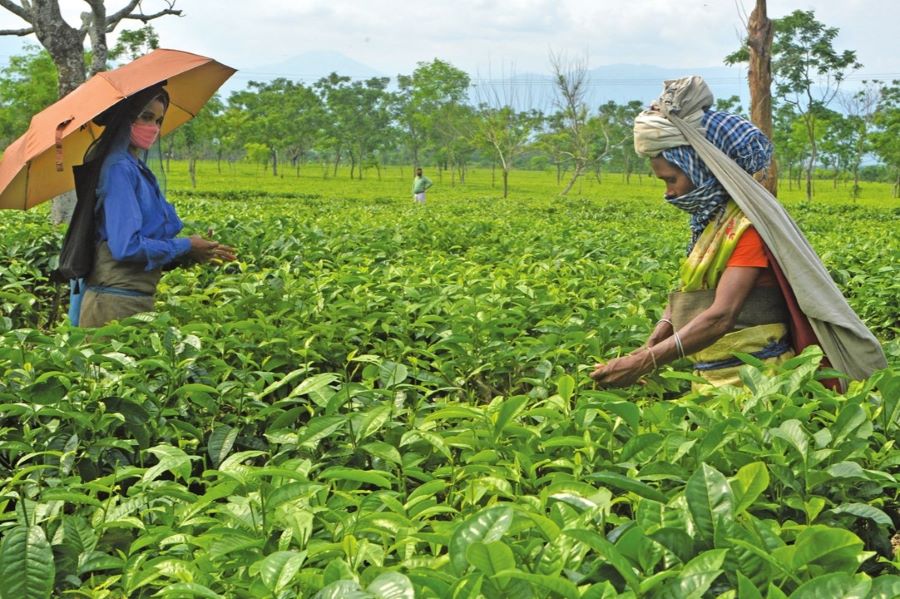
Just west of Kandy, around 20 miles, lies Kadugannawa. The plant is fantastic to see since the guide is fluent in English and explains everything in-depth. From the first stages of leaf selection to the finished black or green tea, you will get a comprehensive rundown of the whole process.
Tours are short (perfect for little ones), cost nothing, and conclude with a tea tasting. There’s also a gift shop selling attractively wrapped tea sets.
Best tea plantations to visit in Sri Lanka: Hanthana Tea Estate Factory
Located in what was formerly a tea industry, the Ceylon Tea Museum is a must-see for everyone visiting Kandy. You may see the equipment used to make tea and learn everything about the process. Next, you can relax in the café or store while taking in breathtaking views of the surrounding area.
2. The tea plantations of Nuwara Eliya
Here, you can find several of the best tea plantations in Sri Lanka. In large letters, you can see which mansion this particular plantation belongs to. A traditional British or Scottish name appears on the majority of the residences.
Pedro Tea Estate
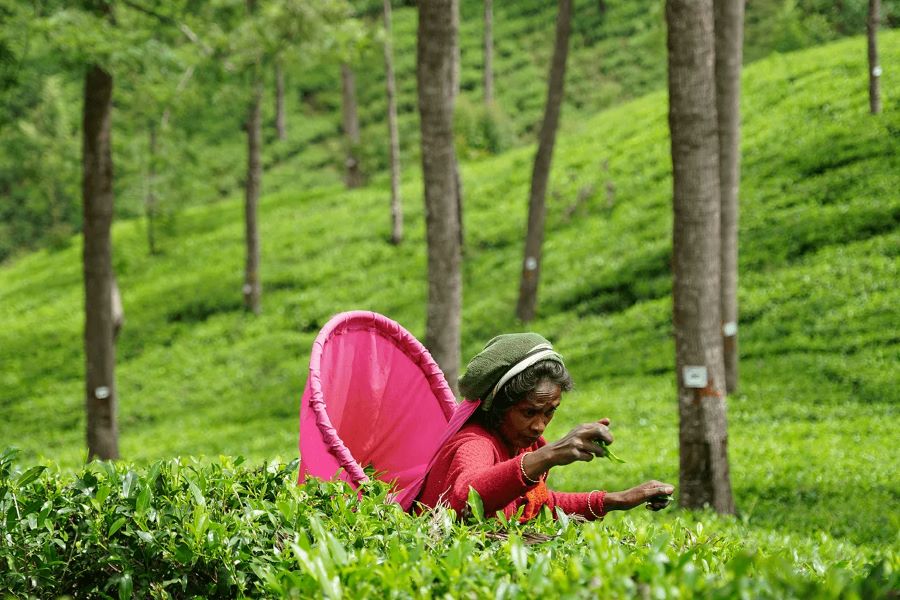
This is among the best tea plantations to visit in Sri Lanka. The Pedro Tea Estate is unparalleled among Sri Lanka’s tea plantations, and it lies on the same spot where James Taylor planted the first tea bushes in Sri Lanka. The British controlled and supervised the estate’s duties from its establishment in 1885 until its nationalization in 1975. They retained this position for a full decade until reprivatization.
At most, you won’t need more than twenty minutes to see all that the Pedro Tea Estate has to offer. From that vantage point, you will be able to see the whole process, from picking the tea buds to grading and packaging, from start to finish.
The Tea Estate of Damro Labookellie
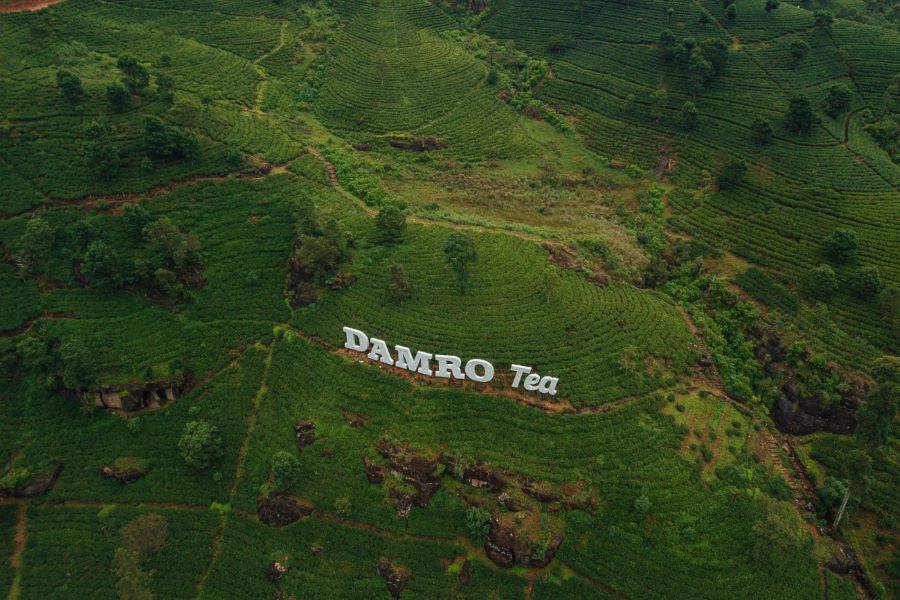
This is another remarkable tea plantation to visit in Sri Lanka. The island nation’s second-oldest tea plantation, the magnificent Damro Labookellie Tea Estate, sits above 5,000 acres of verdant surroundings and gentle hills. Located around 20 km north of Nuwara Eliya, the estate is a wonderful place to visit. It becomes much more interesting when you know that there are free guided tours you can take. Also, there’s no need to make a reservation in advance. The moment you step foot on the estate’s picturesque grounds, an expert guide will show you all the tricks of the trade when it comes to making tea.
Learn the ins and outs of making the ideal blend by joining us on this tour, which will cover everything from picking the tea leaves to rolling it, fermenting it, and grading it. In addition, if you’re looking for some delicious pastries to go with your hot cup of tea, visit the Damro Tea Lounge, which is conveniently located nearby.
Best tea plantations to visit in Sri Lanka: Blue Field Tea Factory
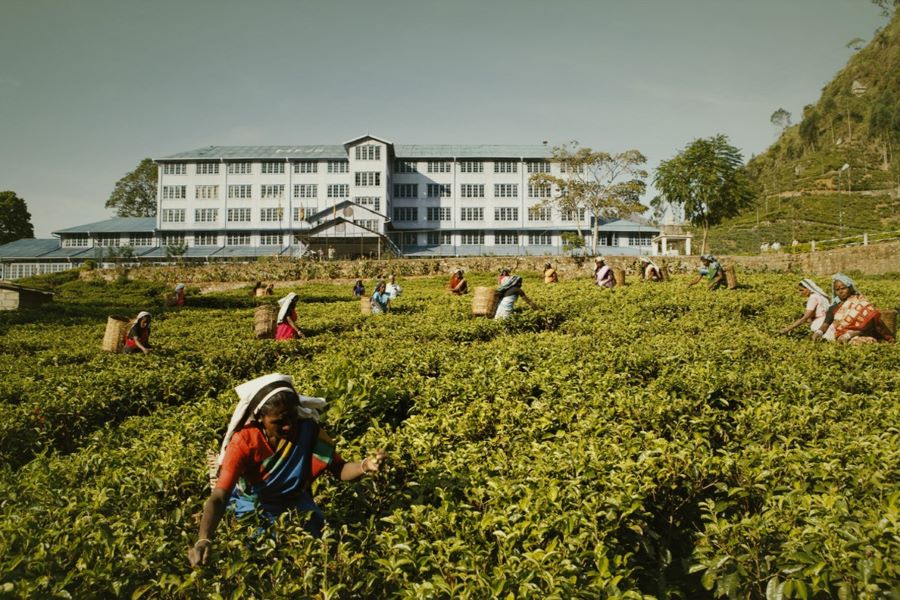
Experience the rich heritage of Sri Lanka’s tea industry at the Blue Field Tea Factory, which has been serving guests for over a century. Wander through 193 acres of breathtaking landscapes while witnessing the labor of people whose pride and passion are evident. The Blue Field Tea Factory is in the town of Ramboda, not far from Nuwara Eliya on the way to Kandy, which is known as the hill capital of Sri Lanka. Every month, they are known to make an amazing 30,000 kg of some of the best high-grown teas in Sri Lanka.
3. Dambatenne Tea Factory
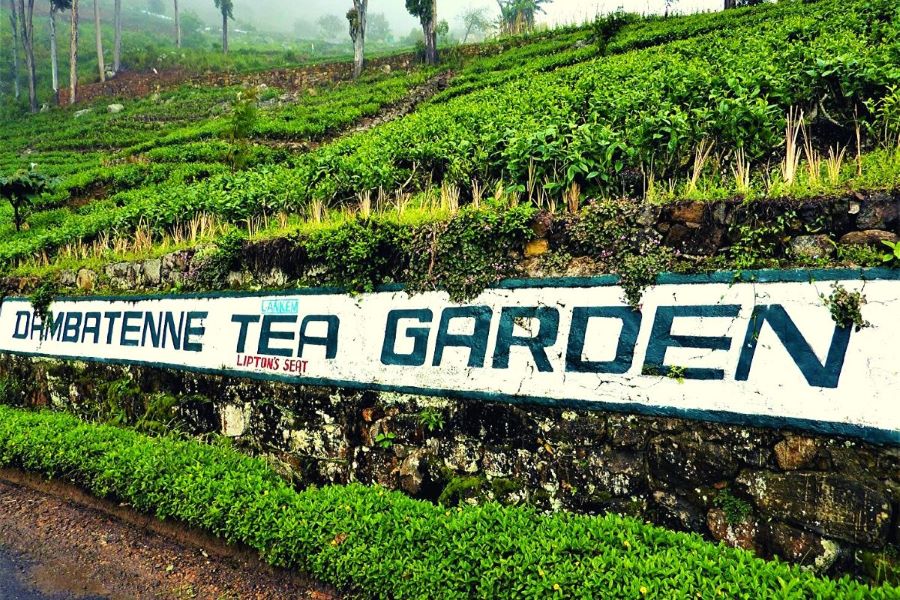
Despite Lipton’s current status as a global tea icon, the Lipton empire had its modest origins in Ceylon. While traveling to Australia in 1890, Thomas Lipton stopped in Ceylon. While there, he bought up a number of small, failing tea estates. His objective was to eliminate intermediaries in the burgeoning tea industry, which he achieved by establishing a global empire. Dambatenne was the most important plantation to him out of all of them.
Both Haputale and Bandarawela still have the industrial equivalent. Since its initial construction in 1890, the somewhat disheveled Dambatenne site has been manufacturing tea using the same equipment and technique. This means that it has remained unaltered for the last 130 years. Despite the simultaneous modernization of many Sri Lankan tea factories, it remains unchanged. There are tours you may take, but no tea for sale at the moment. Get there before noon if you like to see the whole plant in action. Make sure to include this on your itinerary if you are seeking the top Sri Lankan tea estates to visit.
4. Halpewatte Tea Factory

The Uva Halpewatte tea mill, one of the largest in the hill area, is an excellent place to begin learning about Sri Lankan tea manufacturing. Halpewatte, which has been in operation since 1940, offers a fantastic and educational tour of the island that covers every step of the process, from selecting to the finished product.
You may get a tuk-tuk driver to take you to the factory, which is around 5 km north of Ella. Leave the bus at Kumbawela on the Bandarawela route and catch another to Badulla. You will have to disembark at Halpe Temple, which is just after the 27 km marker, and walk the remaining distance.
By now, you know the best tea plantations to visit in Sri Lanka. Would you be interested in learning about Sri Lanka’s renowned tea history?
Sri Lankan Tea Plantations: A Historical Account
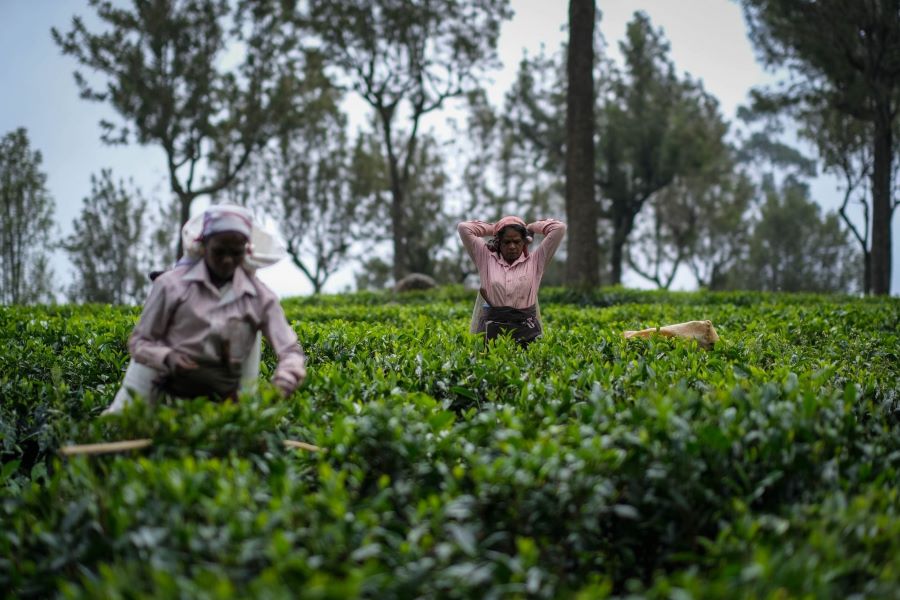
It wasn’t until 1824 that the British brought the first tea plant to Sri Lanka. The Royal Botanic Gardens became famous as the best place to grow Camellia sinensis throughout the colonial period. James Taylor began cultivating tea on the Kandy estate of Loolecondera later in 1867. Over time, tea became Sri Lanka’s primary crop, and now the country exports more than 350 million kg of tea annually.
After suffering a coffee crop disaster, Sri Lanka shifted its focus to tea, which it now exports at a rate of around 350 million kg per year. When it comes to tea, Sri Lanka is right up there with China, India, and Kenya as some of the world’s finest producers. The Sri Lankan tea business is a collaborative effort between the country’s huge tea plantations and its thousands of smallholders.
Photo credits go to the respective owners.

